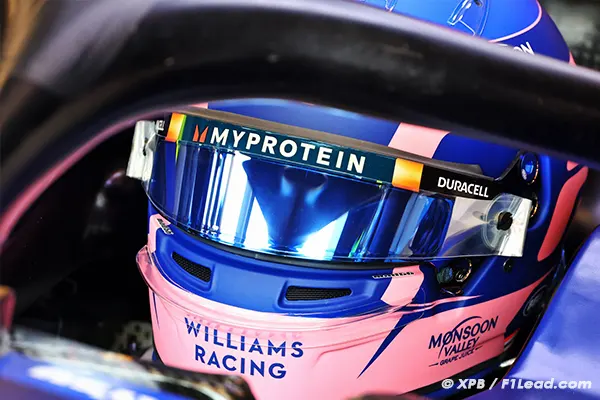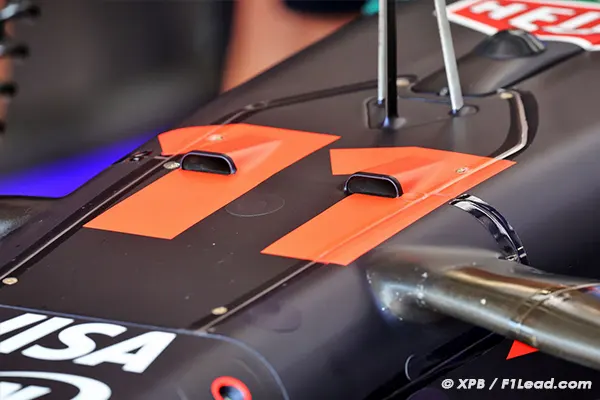FIA explores introducing air conditioning in F1, starting with trials at the Zandvoort circuit.
At the last Qatar Grand Prix, F1 drivers were subjected to furnace-like conditions: stifling heat and absolutely torrid, unbearable temperatures engulfed the cockpits and suits.
Logan Sargeant was unable to complete the race, while Lance Stroll admitted to briefly fainting at the wheel…
This Grand Prix sparked controversy and significant questioning over the decision to schedule the GP in Qatar in October.
More broadly, with the upcoming weekend in Hungary also predicted to be extremely hot, and as climate change accelerates, the issue of heat must be addressed before a tragedy occurs.
Following the race in Qatar, the FIA took an emergency measure: the installation of air intake (cooling) systems on the cars is now permitted.
Some teams have indeed installed these this weekend in Hungary, where track temperatures have soared above 60 degrees Celsius!
However, starting from the upcoming Dutch Grand Prix, the FIA will test a solution that could go further.
Teams will be allowed to conduct tests with active cooling systems which, if successful, will become mandatory (only during events held in high temperatures).
The FIA has provided details and principles of this full-scale test of an ‘air conditioning’ in F1… or rather an active cooling system (familiar to some users of the RER…)
“In response to the extreme temperatures recorded last year during the Qatar GP, the FIA and all F1 teams immediately initiated research to improve ventilation and cooling for drivers under such conditions.”
“Since then, the technical regulations have been updated to allow the introduction of an air intake for passive cooling, on top of the cockpit to enhance ventilation, which teams are strongly encouraged to use.”
“If these trials prove conclusive, the FIA will make the installation of such an active cooling system in Formula 1 cars mandatory in the future, when a heat risk has been declared.”
This would involve several small systems installed separately around the cockpit and chassis to ‘store’ and redirect cold air towards the driver.
Furthermore, teams will be permitted to take “exceptional measures” to cool the seat and the survival cell.
Exceptionally, teams could disassemble and reassemble cockpits to cool them (it is currently prohibited to dismantle a cockpit between sessions).

- You may also like>Williams Awaits Sainz Decision, Sets Driver Criteria
- Following us on>Facebook and>Twitter
FIA Trials F1 Air Conditioning After Qatar Heat FIA Trials F1 Air Conditioning After Qatar Heat
